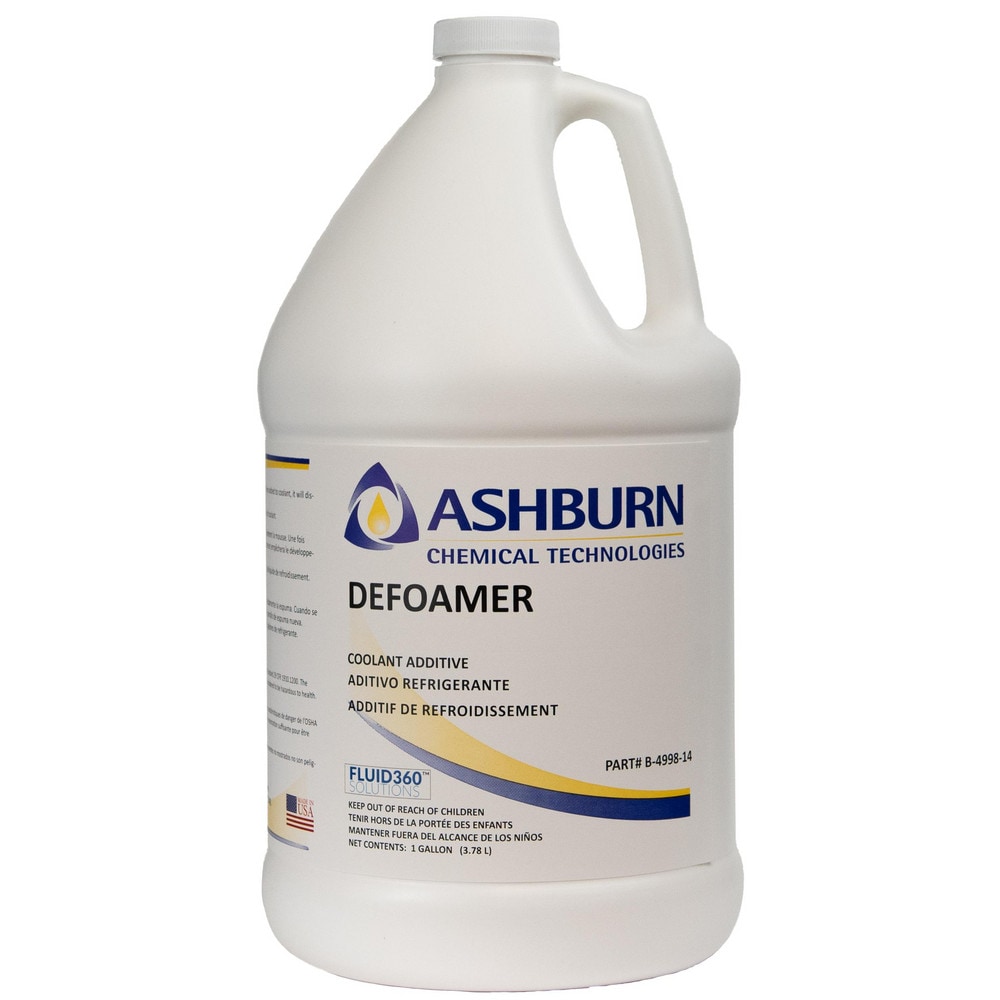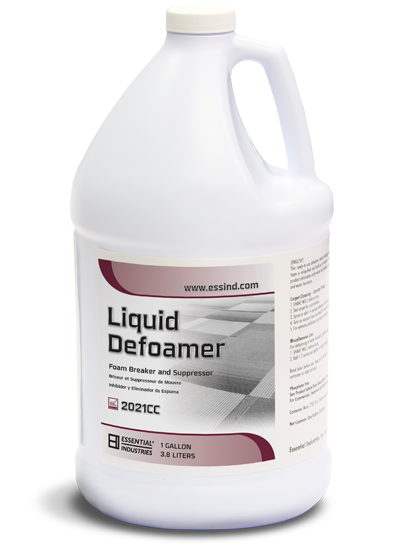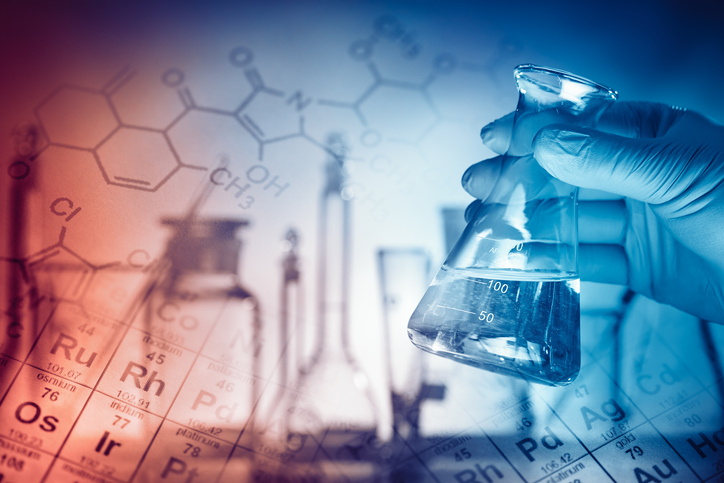The Main Variations Between Chemical Defoamer and Other Foam Reduction Methods
The Main Variations Between Chemical Defoamer and Other Foam Reduction Methods
Blog Article
Checking Out the Benefits of a Chemical Defoamer in Manufacturing and Production
The assimilation of chemical defoamers in production and manufacturing procedures supplies a calculated benefit by attending to one of the persistent challenges in industrial operations: foam control. As makers make every effort to enhance processes and boost consumer complete satisfaction, the function of chemical defoamers ends up being increasingly essential.
Relevance of Foam Control
While the visibility of foam in producing processes can often appear harmless, efficient foam control is important for optimizing operational efficiency and product quality. Foam can hinder various phases of production, causing inadequacies that might increase prices and extend handling times. In sectors such as food and drink, drugs, and chemicals, unchecked foam can block equipment, disrupt automated systems, and eventually cause product inconsistencies.

Executing reliable foam control techniques not only improves efficiency yet additionally supports regulatory compliance in markets where foam can bring about environmental worries. By using chemical defoamers, makers can mitigate these difficulties, ensuring smoother procedures and higher-quality end items. Inevitably, focusing on foam control is an essential facet of production that can yield substantial benefits in terms of safety, efficiency, and product reliability.
Kinds Of Chemical Defoamers
What sorts of chemical defoamers are readily available for manufacturing procedures, and exactly how do they differ in application? Chemical defoamers can be classified right into 3 major types: silicone-based, organic, and not natural defoamers. - Chemical Defoamer

Organic defoamers, typically acquired from all-natural oils or fats, are effective in a series of applications, consisting of food and beverage manufacturing. They are typically preferred for their lower poisoning and environmental influence, making certain conformity with industry policies.

Each kind of defoamer serves distinctive purposes based upon the chemical make-up and the particular needs of the production procedure, allowing producers to choose the most ideal choice for their certain requirements.

Advantages in Production Performance
Chemical defoamers play a vital function in enhancing producing efficiency by properly managing foam generation throughout various processes. Foam can impede manufacturing rates, interrupt equipment operation, and bring about expensive downtime. By integrating chemical defoamers, makers can alleviate these problems, ensuring smoother process and boosted overall performance.
Making use of chemical defoamers helps maximize the functional efficiency of devices such as activators, mixers, and pumps. With reduced foam, these machines can operate at their useful reference meant capacity, decreasing the threat of overflow and allowing constant processing. This causes much better resource application and greater throughput.
In addition, chemical defoamers facilitate faster processing times by lowering the moment needed for foam elimination. This acceleration can dramatically influence manufacturing schedules, allowing suppliers to meet customer demand better. Additionally, using defoamers contributes to lower power consumption, as machinery runs much more successfully with reduced foam interference.
Effect On Product High Quality
Foam control is not only necessary for preserving effectiveness in producing processes however likewise plays a considerable function in guaranteeing product quality. Excessive foam can present air right into solutions, check my site causing disparities in the end product. This can show up as issues such as voids, uneven structures, or substandard coatings, which weaken the intended quality and efficiency of the item.
Furthermore, foam can impede the homogeneity of mixes, causing unequal circulation of active ingredients. In markets such as finishings, cosmetics, and food manufacturing, this can see this website cause variations in color, preference, and total performance. By using a chemical defoamer, producers can mitigate these threats, ensuring that items satisfy rigid high quality specifications.
Additionally, controlling foam can enhance the stability of emulsions and suspensions, which is important for ensuring shelf-life and consumer fulfillment. With improved product uniformity and minimized issues, producers can achieve higher criteria of quality control, eventually resulting in increased consumer count on and brand name loyalty.
Cost-Effectiveness and ROI
Effective foam control not just enhances product top quality but additionally contributes dramatically to the overall cost-effectiveness of manufacturing processes. Using chemical defoamers decreases foam-related concerns, which can otherwise lead to production hold-ups, devices malfunctions, and increased energy intake. By lowering foam, makers can optimize their procedures, causing greater throughput and effectiveness.
Buying chemical defoamers can generate a substantial roi (ROI) The preliminary prices connected with these additives are commonly balanced out by the cost savings understood from decreased downtime and improved material return. Improved item high quality can decrease waste and rework prices, additionally strengthening monetary efficiency.
On top of that, reliable foam control can result in reduced water and energy usage, adding to lower functional expenses. This is especially important in markets where source efficiency is critical. By integrating chemical defoamers into their procedures, suppliers can attain long-term cost savings while keeping affordable prices in the marketplace.
Final Thought
To conclude, the assimilation of chemical defoamers in production and production processes is necessary for maximizing functional effectiveness and improving item top quality. Efficient foam control adds to better equipment efficiency, minimized handling times, and lessened downtime, inevitably leading to significant cost financial savings. Additionally, consistent product formulations foster customer complete satisfaction and brand loyalty. The benefits provided by chemical defoamers not only sustain regulatory conformity but additionally supply a competitive side in the production landscape.
The assimilation of chemical defoamers in manufacturing and production procedures supplies a strategic advantage by dealing with one of the relentless difficulties in commercial procedures: foam control.While the presence of foam in making processes can occasionally appear harmless, reliable foam control is vital for optimizing functional efficiency and item top quality.Chemical defoamers play a vital role in improving manufacturing effectiveness by properly managing foam generation throughout various processes.In addition, chemical defoamers help with faster handling times by lowering the time required for foam elimination. In addition, the use of defoamers adds to decrease energy usage, as equipment runs more effectively with decreased foam disturbance.
Report this page